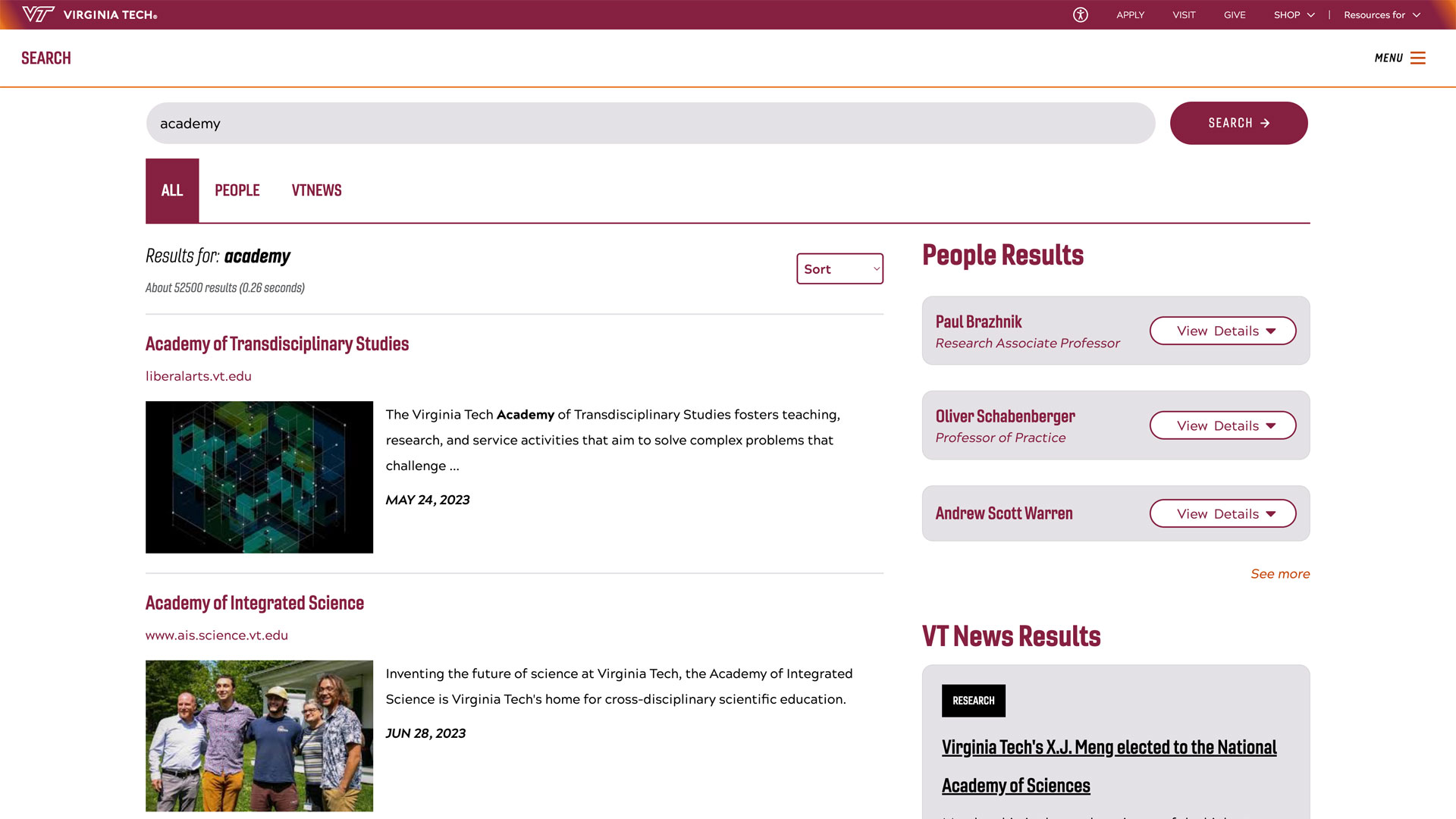Professor emerita participated in National Academy of Sciences' Havana syndrome report

Marion Ehrich, professor emerita of pharmacology and toxicology at the Virginia-Maryland College of Veterinary Medicine, was one of the experts called upon by the National Academy of Sciences to contribute to the report on Havana syndrome for the United States government.
Starting in late 2016, some United States diplomats, intelligence officials, and their family members in Havana, Cuba, reported suffering from a wide range of symptoms, including dizziness, ear pain, and cognitive difficulties. Others at the U.S. consulate in Guangzhou, China, began reporting similar problems, and soon, reports of “Havana syndrome” came in from locations all over the world. Up to 1,000 cases have been reported.
Havana syndrome made headlines recently as the CIA released an interim report stating that they did not find evidence of involvement by a foreign power, though they are still investigating 24 cases. It continues to be the subject of research.
Prior to this recent publicity, the State Department asked the National Academy of Sciences to develop a report on Havana syndrome. The National Academy of Sciences is a nonprofit organization tasked with providing reports and advice to the United States government. The Academy asked Ehrich for her input on the report.
Ehrich has been a member of the university community since 1976. Ehrich has made significant contributions to pharmacology and toxicology, particularly through her use of in vitro systems for mechanistic studies and safety assessment in neurotoxicology and her study of the mechanisms of organophosphorus ester-induced delayed neuropathy. Over her career, she was active in several federal agencies, including the U.S. Environmental Protection Agency, the U.S. Department of Defense, the National Institutes of Health, and the National Academy of Sciences, and she served as co-director for the college’s Laboratory for Neurotoxicity Studies. The American College of Toxicology recently awarded Ehrich the Mildred Christian Women's Leadership in Toxicology Award.
Having been on the review panel for their report on Gulf War syndrome, Ehrich was no stranger to the National Academy of Sciences.
Her role in the Havana syndrome report was as a reviewer and a presenter. She reviewed a study by Canadian researchers and in February 2020, she flew to Washington, D.C., to present on how to make a toxicological diagnosis. She also reviewed the final report.
“I thought that the composition of the committee was truly interesting. When you get people from all these diverse disciplines talking together, you really do get better science. When you have the statisticians, the epidemiologists, the physicians, the psychologists, the toxicologists, the radio frequency physicists: that really is impressive,” said Ehrich.
The National Academy of Sciences report was released in December 2020. It found that microwave radiation was the most plausible cause, but it stressed that given the data, no firm conclusion could be reached.
“Sometimes you don’t come up with an answer. That’s sometimes really hard for people to understand, but that's really actually common in toxicology: you may not get the answer. You do the best you can for your patient, and you do the best you can in making a diagnosis, but sometimes you don't have the precise answer,” said Ehrich.
Written by Sarah Boudreau M.F.A. '21, a writer with the Virginia-Maryland College of Veterinary Medicine




